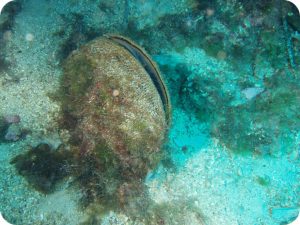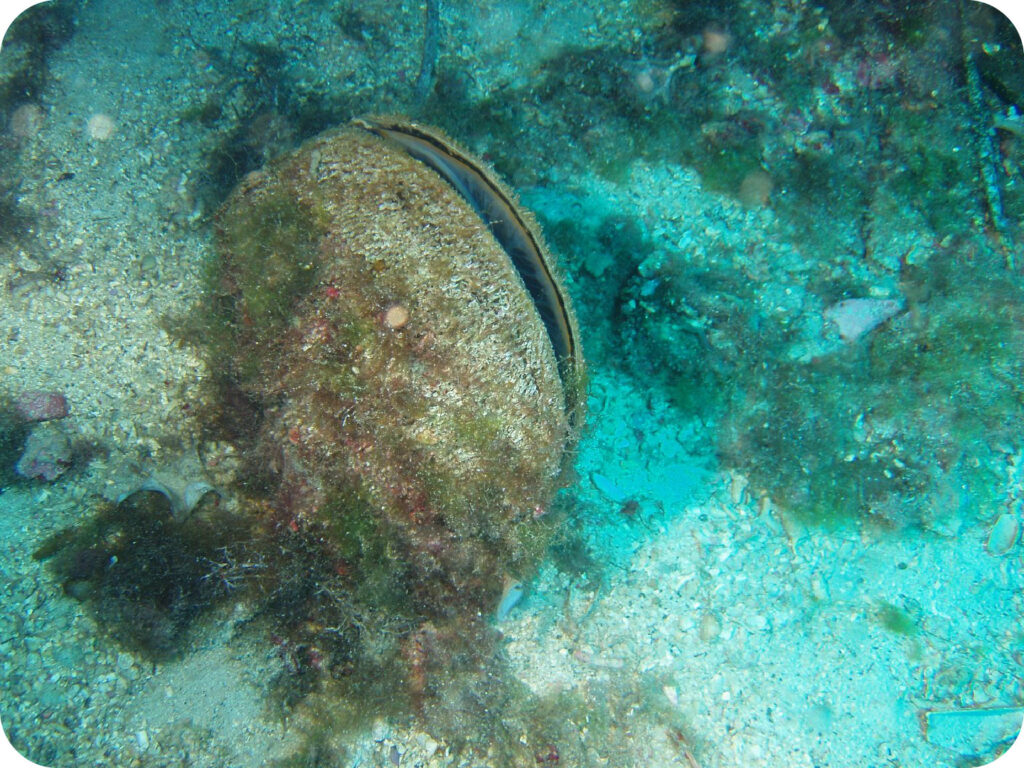- Introduction
- Seashell Fossils
- Between Two Rivers: Mesopotamia
- The Nile’s Gift: Egypt
- Minoan and Mycenaean Civilizations
- Fishing in the Ancient Greek and Roman Worlds
- Fish Consumed as Food
- Fish and Prophecy
- The Triumph of Poseidon
- Istanbul Strait and Byzantion
- Bonito Fish and the Golden Horn
- Coins and Fish
- Tuna Fish
- Friendship of Dolphins
- Tears for the Moray Eel
- Giant Mussels
- King Sea Snail
- Credit
- Exhibition Installation Video
- Exhibition Photos
- Exhibiton Catalog



Since giant mussels are hermaphrodites, they release their male and female reproductive sperm and eggs into the sea in summer. The ancient writers Plutarch and Cicero note that giant mussels host crabs or other sea creatures. They keep their shells open during feeding, that is, they wait for their prey with open mouths. When a small fish or sea creature enters this shell, a crab or similar creature living inside the mussel warns the mussel by biting its flesh. The mussel suddenly closes its shells and captures the prey inside. Thus mussels and crabs feed together, which is a type of symbiosis (living together).
Although not directly related to giant mussels, oysters, who like freshwaters and where rivers flow into the sea, have medical properties, according to Pliny the Elder. He refers to the consumption of giant mussels as food as well as their use in healing diseases and wounds.
Ancient writers tell us that the western coasts of Italy, Anatolia, and the Sea of Marmara were very rich in mussels.
Giant mussels have been endangered since the middle of the 20th century, thus are on the “species to be protected” list of the European Union. They are threatened by the anchoring of large ships in their habitat on the one hand and by trawling on the other.
